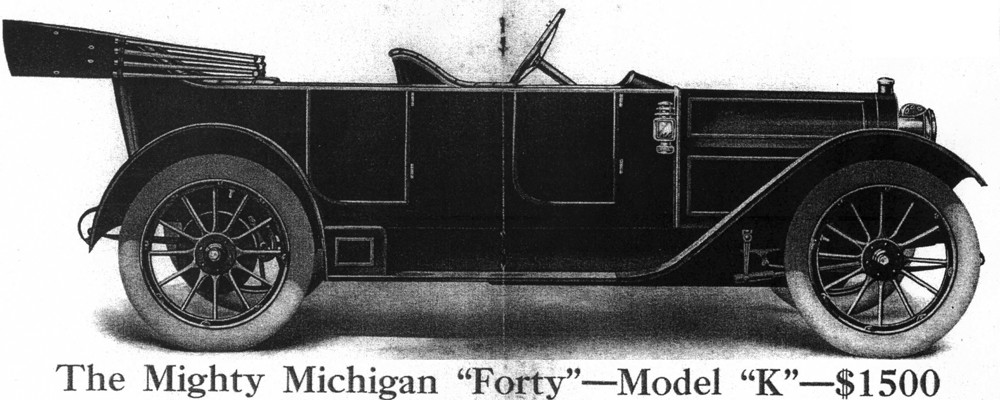Our differential and rear axle were removed along with all other running gear when we sent the frame out for powder coating. That gave us an opportunity to clean it up, look it over from all sides and really inspect it. We found some interesting things. But first we got it cleaner. Eric & I scrubbed and scraped with Simple Green and then power-washer it.

Eric is ready to power wash the differential. May 21, 2016
The result was mostly grease & oil free.

Scrubbing and scraping.
And here’s what we observed — casting dates: Feb 16, 1911 D1, and Jan 27, 1911

Differential housing – casting date: Feb 16, 1911 D1

Axel housing, Casting Date: Jan 27, 1911
While we had easy access to the rear end, I opened up the back of the differential to see if it looked nice or nasty. Actually, it wasn’t bad at all.

Differential open. Ring gear on right side — Which is BACKWARDS. It should be LEFT side.
While the oil was not golden, it wasn’t gritty dirty nasty either – so I count that as GOOD. What was odd, was that the ring gear was on the right hand side of the differential. This is the opposite of what is depicted in various line drawings and brochures that exist for our car. I have attached page 15, of the “announcement” of the “Michigan Automobile 1912” also referred to as “The Michigan Through a Microscope” brochure. Interestingly, the steering drag link shown on page 15 is on the left side, which is the reverse of the actual right hand drive set-up for Michigan’s in 1912. (The 1913 cars did have left hand drive and the gear shift was mounted in the center of the car.) This leads me to believe that perhaps the images on page 15 have been reversed which might explain why our car has the ring gear in the opposite position from what is depicted below. Confounding this is the image of the Sheldon Jackshaft from the Motor Age article at the end of this post. That image has the ring gear on the left side. Is it possible that when Phillip Dickey was going through the car that the axle sides got flip flopped the wrong way? I’m not sure, I’ll have to ask Mike Howard which side his ring gear is on. [UPDATE, January 7, 2017– our ring gear is on the WRONG SIDE. Note the notch in the housing where the ring gear is supposed to go. For further info on this go to my Post of May 31, 2017.]

Perhaps the illustrations have the axle & differential images REVERSED from what they are supposed to be? NOPE – The image is correct. Our car had the ring gear on the wrong side.
While we cannot definitively state that this rear axle and differential were made by SHELDON AXLE COMPANY, the indications are pretty strong. The front axle is marked: SHELDON AXLE CO.

SHELDON Axle Co marking on FRONT axle.
This hidden marking on the front axle (back side on the left) prompted me to see what I could find out about SHELDON AXLE CO. also known as SHELDON AXLE & SPRING CO. (It changed its name to add the word “SPRING” in 1914.)

CLICK ON IMAGE TO ENLARGE
Sheldon Axle Company advertisement, The Automobile Trade Directory, Apr. 1911
Apparently the company did lots of leaf springs too. Maybe our car has SHELDON springs. I did find this marking on one of the REAR half springs. Is it year of manufacture? Location of manufacture or destination?

Marking on REAR half spring. KALAMAZOO 11
I also found this on the FRONT spring mounting bracket (holds spring to axle). It appears to be a monogram with the letters CBW. It is distinctive, but I have yet to connect it to anything and it is not the trademark used by Sheldon Axle, which is a sort of horizontal double anchor logo. {-o-}

CBW spring bracket stamping

SHELDON trademark at top of advertisement
The differential had no other distinguishing marks. But research into descriptions and diagrams of SHELDON differentials and rear axles seems consistent with the diff on our car. I found the following description of a SHELDON rear axle & differential in the Jan. 25, 1912 edition of MOTOR AGE:  Progress in 1912 Axles FULL
Progress in 1912 Axles FULL

SHELDON 201-D axle

This ad from Motor Age, February 1, 1912 shows our rear axle & differential, even though the casting is stamped “D1” rather than “201-D”






















